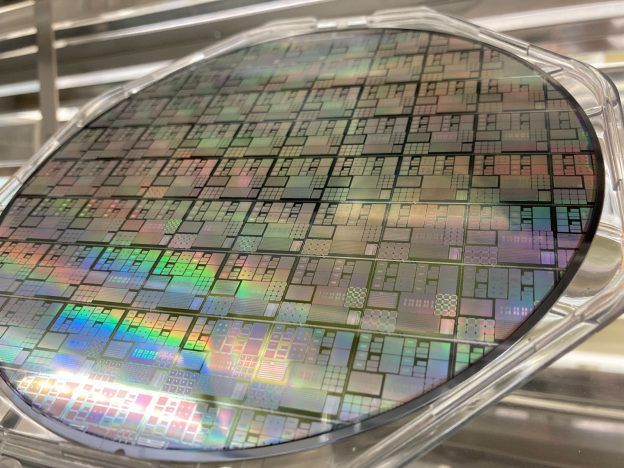
According to news from this site on January 18, TSMC and the Industrial Technology Research Institute (ITRI) have made breakthrough progress in next-generation MRAM memory-related technologies. Successfully developed the "Spin Orbit Torque Magnetic Memory" (SOT -MRAM), equipped with an innovative computing architecture, and the power consumption is only one percent of similar technology STT-MRAM, becoming TSMC's new "killer weapon" to seize the AI and high-performance computing (HPC) markets.

Industry experts believe that with the advent of the AI and 5G era, applications in various scenarios need to be faster, more stable, and consume more power. Low new generation memory. Autonomous driving, precision medical diagnosis, satellite image recognition and other fields have put forward higher requirements for memory technology. The development of new generation memory will bring higher performance and better user experience to these applications.
Magnetoresistive random access memory (MRAM) is a non-volatile memory technology that utilizes exquisite magnetic materials to meet the needs of a new generation of memory. Major manufacturers such as Samsung, Intel, and TSMC have invested in research and development.
TSMC has successfully developed MRAM product lines with 22nm and 16/12nm processes, and has a large number of memory and automotive market orders. The launch of SOT-MRAM will further consolidate TSMC’s position in the market.
TSMC announced that its new SOT-MRAM memory uses an innovative computing architecture and said its power consumption is only 1% of STT-MRAM. The research and development results lead the world, and papers were jointly published at the International Electronic Components Conference (IEDM) and other top conferences.
STT-MRAM is a new type of non-volatile magnetic random access memory, which is the second generation of magnetic memory MRAM. The core of the memory cell of STT-MRAM is still an MTJ, which is composed of two ferromagnetic layers of different thicknesses and a non-magnetic isolation layer with a thickness of several nanometers. It uses spin current to write information. The advantages of this technology are its high-speed read and write performance, low power consumption and non-volatility. Through the action of spin current, STT-MRAM can write information without reversing the magnetic field, thereby reducing energy consumption and improving memory reliability.
The above is the detailed content of TSMC adds another 'sharp tool” SOT-MRAM memory: power consumption is only one percent of similar technologies. For more information, please follow other related articles on the PHP Chinese website!




